Evaluate my plans of action for new bed creation
leolia
10 years ago
Related Stories

GARDENING GUIDESHow to Switch to an Organic Landscape Plan
Ditch the chemicals for a naturally beautiful lawn and garden, using living fertilizers and other nontoxic treatments
Full Story
DECLUTTERINGYour Clutter-Clearing Plan for the New Year
Tackle these tasks month by month for a decluttering strategy that will really pay off
Full Story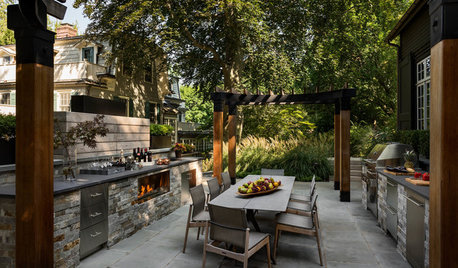
LANDSCAPE DESIGNHow to Hire a Landscape Architect
Find the best fit for your landscaping project with this guide to evaluating and selecting a pro
Full Story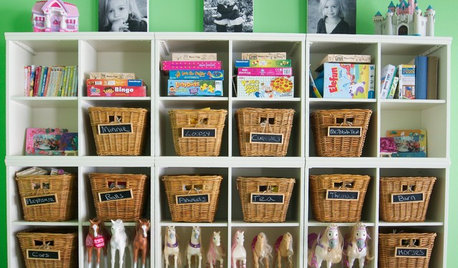
DECLUTTERINGTame the Toy Chaos: Bin Storage for All
New project for a new year: With bins, totes and shelves, a clutter-free playroom can be yours
Full Story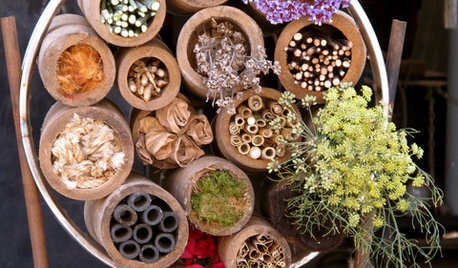
URBAN GARDENSGardeners Champion Nature's Cause in the City
Garden advocates and artists in San Francisco have joined forces to find creative ways to bring nature back into the urban landscape
Full Story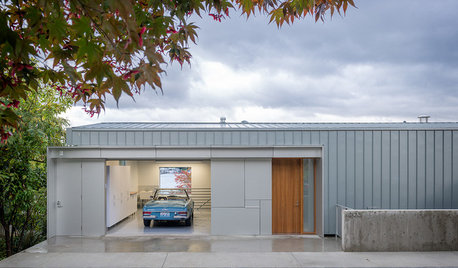
MOST POPULAR10 Reasons to Get Rid of More Clutter
From a calmer mind to a more workable closet, the benefits of streamlining are just a few trash bags away
Full Story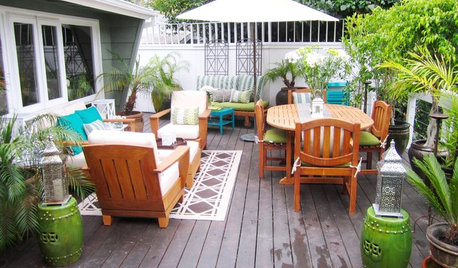
GARDENING AND LANDSCAPINGHouzz Tours: 5-Day Outdoor Makeover
Front-Yard Outdoor Room Goes from Beige to Brilliant
Full Story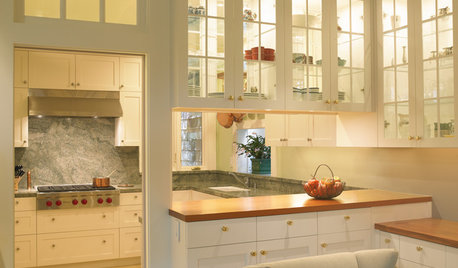
KITCHEN DESIGNHave Your Open Kitchen and Close It Off Too
Get the best of both worlds with a kitchen that can hide or be in plain sight, thanks to doors, curtains and savvy design
Full Story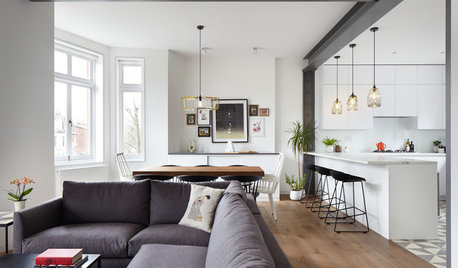
WORKING WITH PROSA Beginner’s Guide to Managing a Remodel
How do you make your design dream a reality? Here’s some project management know-how to help you work with your designer
Full Story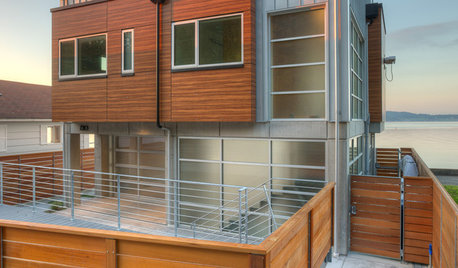
ARCHITECTUREHouzz Tour: Sturdy Enough for a Tsunami
Storms don't scare this Washington state home; breakaway features and waterproof finishes let it weather high winds and waves
Full StoryMore Discussions







toxcrusadr
leoliaOriginal Author
Related Professionals
Washington Landscape Architects & Landscape Designers · Woburn Landscape Contractors · Maple Valley Landscape Contractors · Hoffman Estates Landscape Contractors · Lake Worth Landscape Contractors · Manhattan Landscape Contractors · Maywood Landscape Contractors · Mount Kisco Landscape Contractors · Muttontown Landscape Contractors · Wanaque Landscape Contractors · Casselberry Landscape Contractors · Raytown Landscape Contractors · Austin Decks, Patios & Outdoor Enclosures · Fort Mill Decks, Patios & Outdoor Enclosures · Rogers Decks, Patios & Outdoor Enclosuresnutsaboutflowers
gardenlen
pnbrown
toxcrusadr